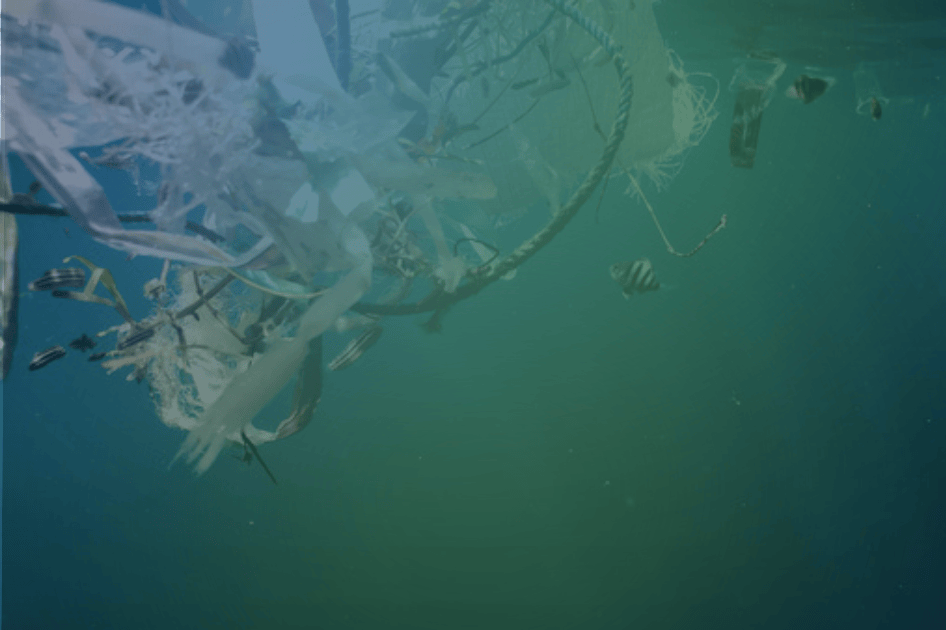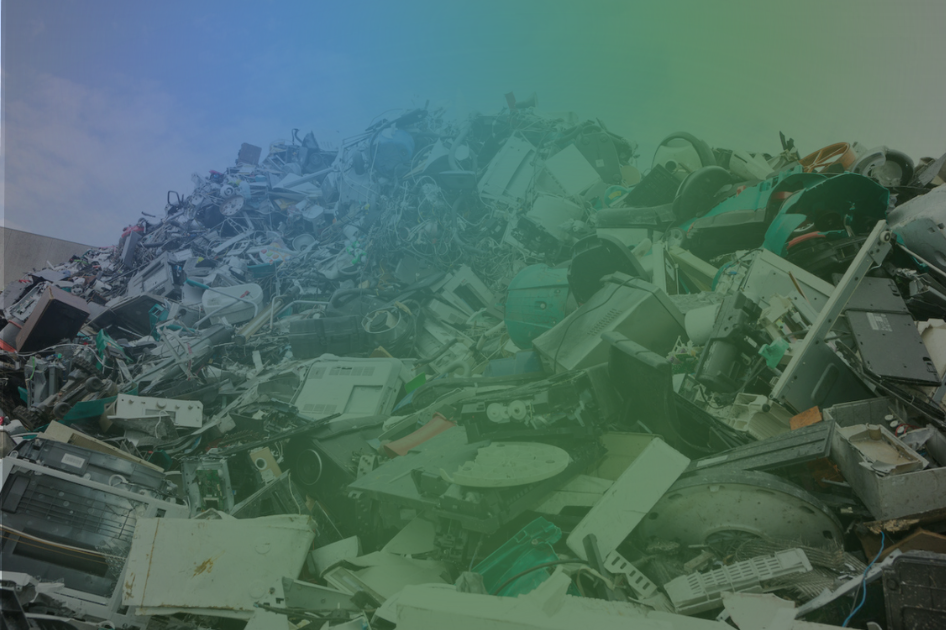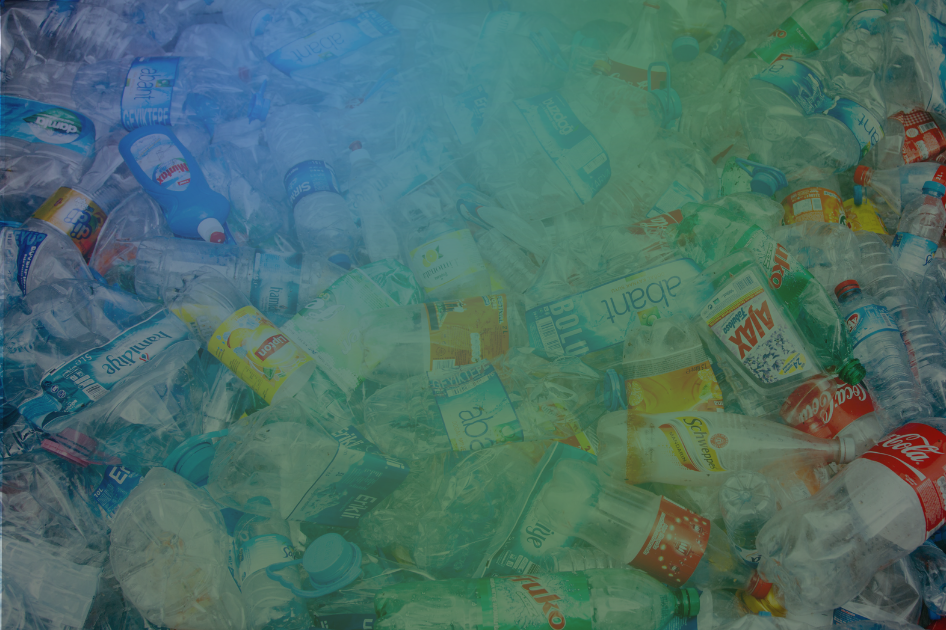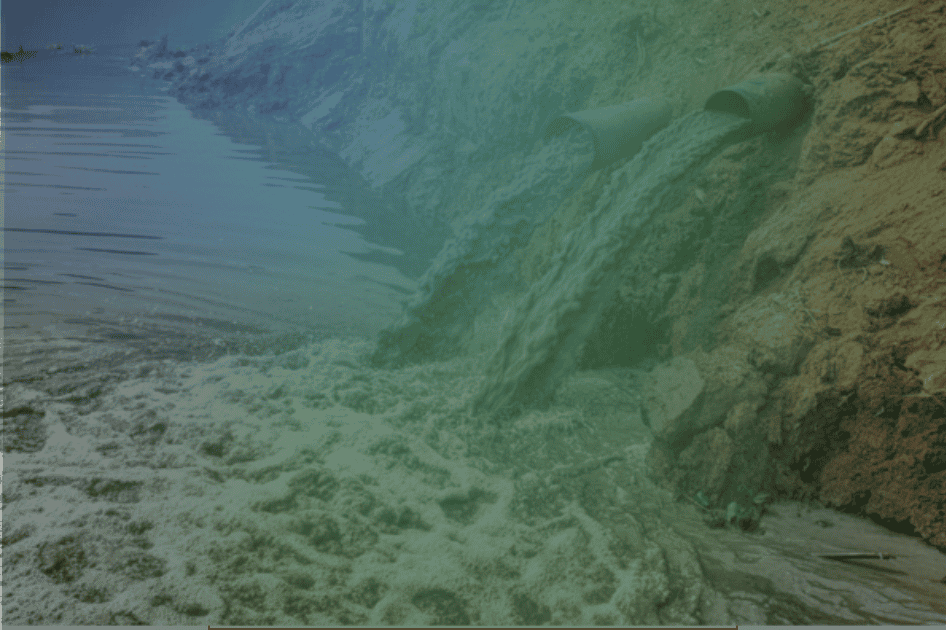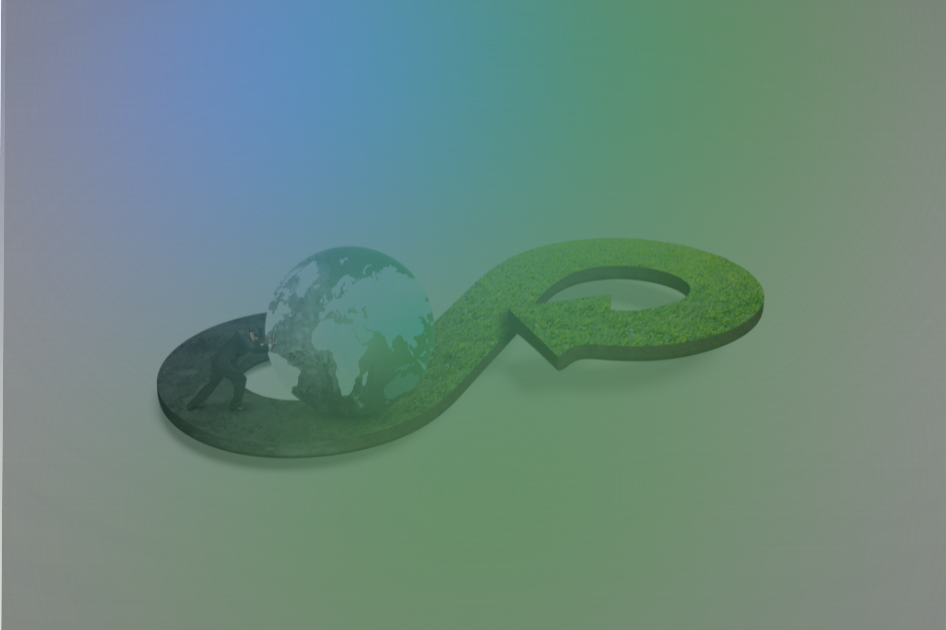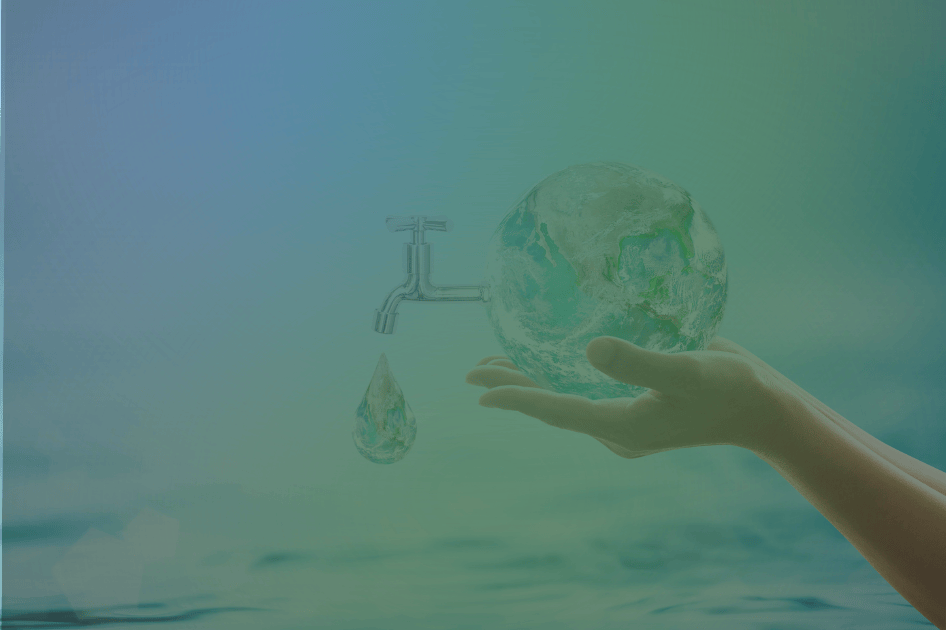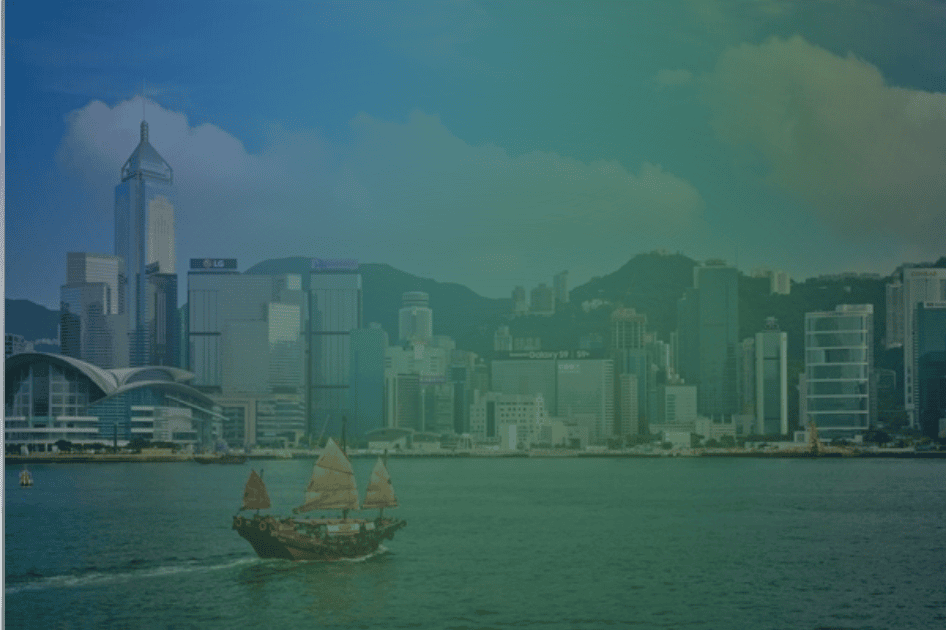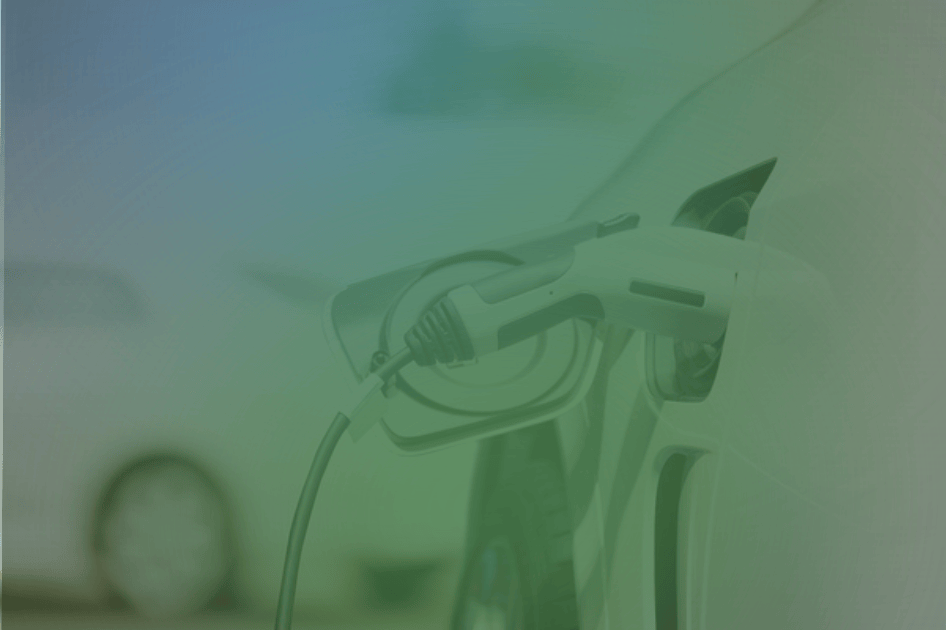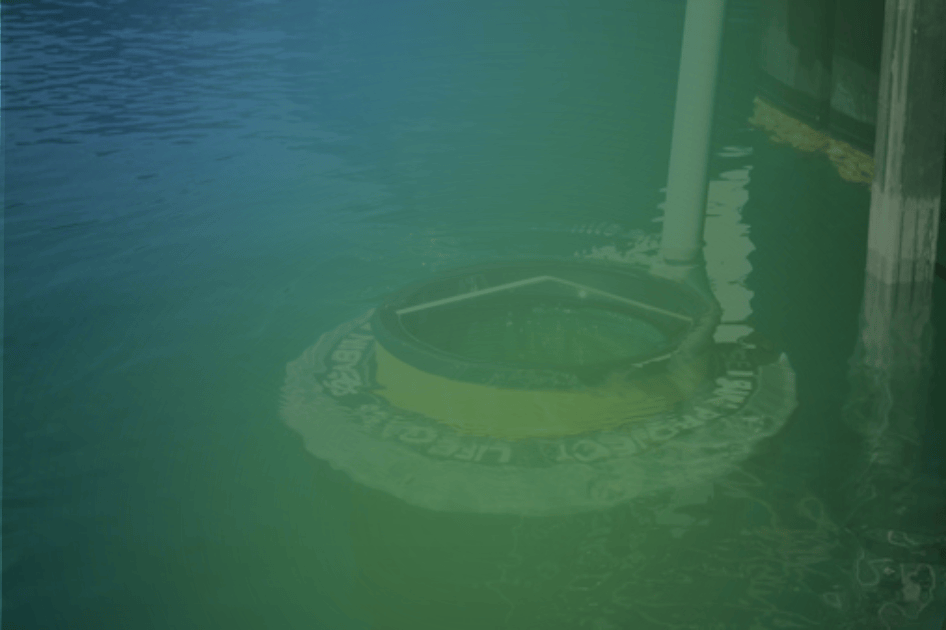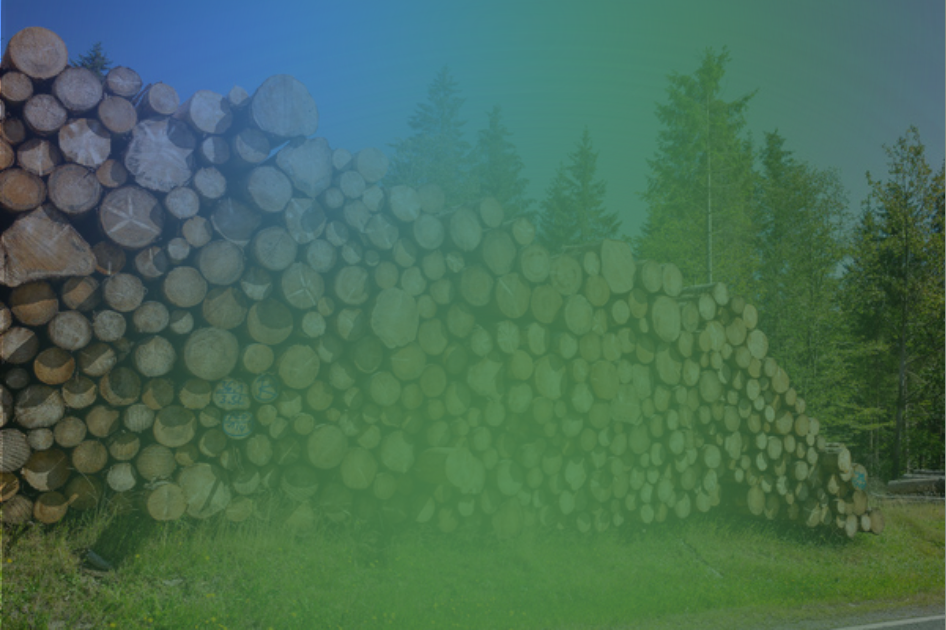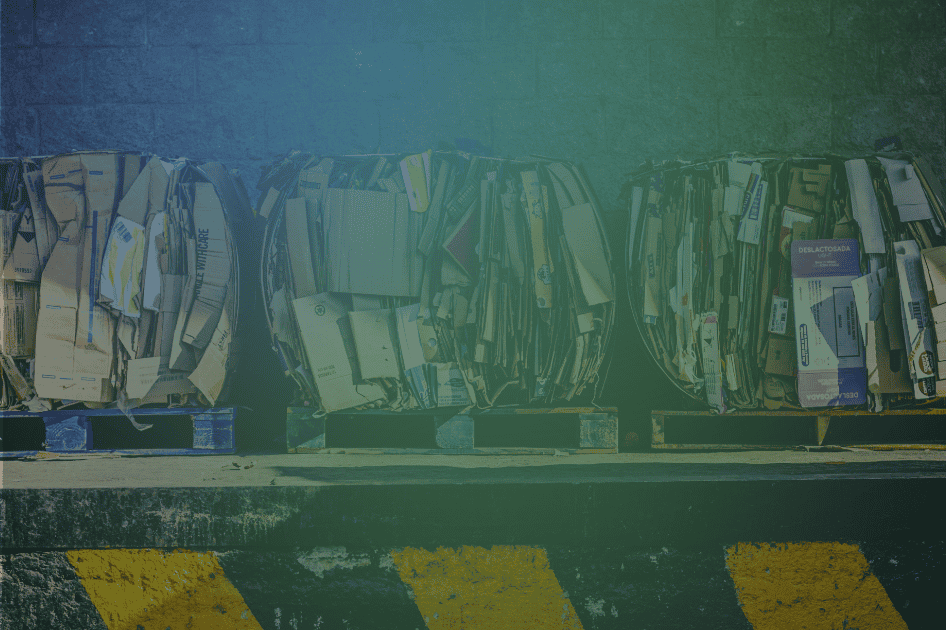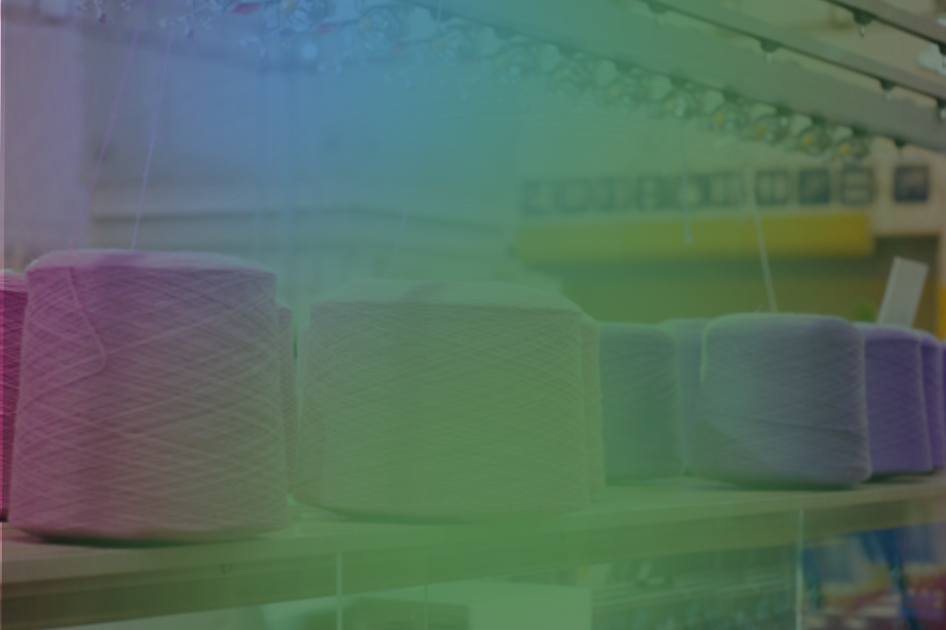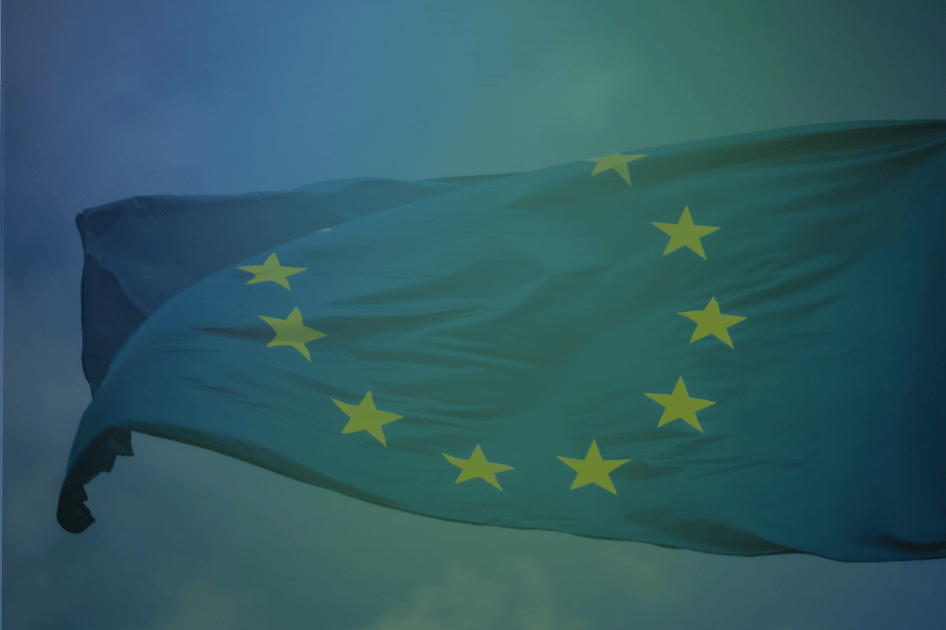In the heart of Umbria, at the Arvedi Acciai Speciali Terni steelworks, a small industrial revolution takes place every day. At the centre of it is Tapojarvi Italia, the Italian branch of the Finnish group, which this year celebrates 70 years of history and will, for the first time, participate at Ecomondo with its own stand. We spoke with Martti Kaikkonen, the Chief Executive Officer, to understand how they transform steel by-products into certified resources.
Your process for valorising slags is particularly innovative. Can you explain in simple terms how you transform industrial waste into marketable materials with CE marking?
<<Our process starts with the slags produced during stainless steel processing, materials that would normally be sent to landfill. We treat them in an advanced industrial plant that separates, crushes, and enhances them. The result, in addition to recovering the metallic fraction for melting, is an artificial filler called TapoEKO, which meets strict technical and environmental standards. Thanks to the certifications obtained, including the CE mark, these materials become fully fledged products, ready for use in construction, infrastructure, and other industrial sectors.>>
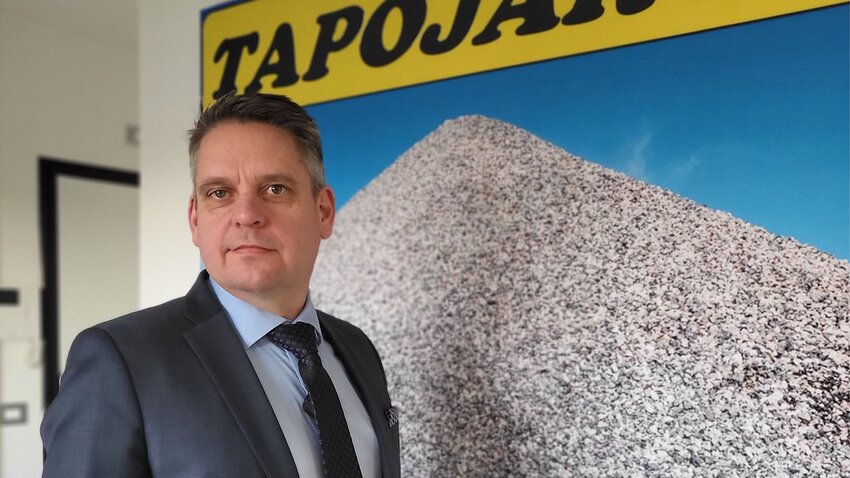
Tapojarvi Italia is a unique case in Italy in the recovery of stainless steel slags. How did this entrepreneurial challenge come about?
<<The idea came from a desire to replicate in Italy the circular model that Tapojärvi successfully applies in Finland. The Italian context, and particularly the industrial environment of Arvedi Acciai Speciali Terni, represented a strategic opportunity. We recognised the potential of a circular economy applied to the steel sector, where highly complex waste could be transformed into a resource. The challenge was significant, but the vision of a more sustainable industrial future has guided us from the very beginning.>>
What were the main technical and bureaucratic challenges you faced in implementing an unprecedented project in Italy?
<<The challenges were numerous. From a technical perspective, we had to adapt plants and technologies to the specific nature of Italian slags, which differ in some respects from those processed in Finland. However, the real challenge was bureaucratic and regulatory: there were no precedents in Italy for a plant of this kind. We were guided by the management guidelines for electric arc furnace black slags approved in the Lombardy Region. This required constant dialogue with the Umbria Region, ARPA Umbria, and other regulatory bodies. It was essential to demonstrate, with technical and scientific evidence, that a waste material could be transformed into a safe and performing product.>>
- You may also be interested in: FOR REC innovates recycling: from water heaters to solar panels and beyond
Reaching End of Waste status in July 2022 was a historic milestone. How much time and investment did it require?
<<It took more than four years of intense work, including technical studies, pilot tests, laboratory trials, and discussions with institutions. The investment was substantial: around 45 million euros, covering both the plant and research and certification activities. Achieving End of Waste status marked a turning point: it proved that even in Italy, it is possible to valorise waste materials while fully complying with European regulations.>>
Is this experience replicable elsewhere in Italy?
<<Yes, we are observing certain areas in the North with interest.>>
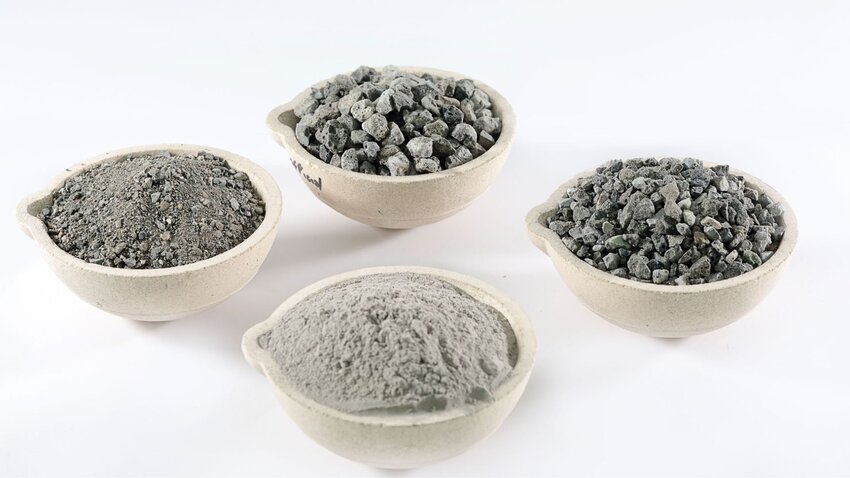
Your TapoEKO products replace natural aggregates in sectors such as construction and infrastructure. What are the initial results?
<<The sectors that showed immediate interest are bituminous conglomerates and concrete. For asphalt, TapoEKO filler has been used successfully, providing mechanical performance and durability in line with standards. ARPA Umbria has confirmed that filler recovered from AST processing can be employed for road surfaces, as demonstrated by a pilot site built with ANAS on a stretch of the Valnerina. For concrete and mortars, initial industrial tests show that TapoEKO filler can replace conventional aggregates without compromising the properties of the final material.>>
- You may also be interested in: Bioplastics: the future is theirs, but growth remains slow
Can you quantify the positive environmental impact of your Terni plant?
<<At the Terni plant, Tapojarvi Italia processes around 300,000 tonnes of steel slag each year, recovering up to 10% of the metal. The recovered metal is reintroduced into the production cycle, generating significant savings in raw materials and energy, while reducing emissions. At the same time, we have launched production of the TapoEKO artificial filler and are developing End of Waste artificial aggregates that will soon enter the market.>>
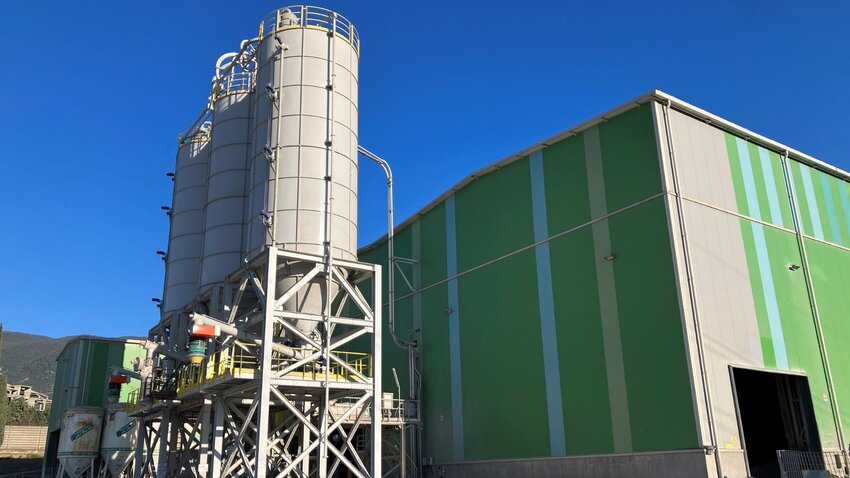
From 2018 to 2028, Tapojärvi plans to grow its turnover from 164 million to 364 million euros. What role will Italy play?
<<Italy will have a strategic role. The Terni project is the first step in a broader expansion. The experience gained here can be replicated at other steel sites across Italy and Europe, and the expertise developed within Tapojarvi Italia has now become an internal centre of excellence for the Group. The Italian market has shown strong awareness of circularity, and our technologies can serve as a lever for sustainable growth.>>
Will you be present at Ecomondo in November?
<<Yes, we will be at Ecomondo 2025 with our own stand. It is a key event for the environmental and circular economy sector. We will have a dedicated space to showcase the latest developments in the TapoEKO project, the certifications we have achieved, and opportunities for collaboration with other players along the supply chain.>>
You come from Finland, a country at the forefront of sustainability. What has impressed you most about the Italian market, and what are the main regulatory obstacles?
<<Italy has great industrial flexibility and creativity, but suffers from excessive bureaucracy and fragmented regulations. The main obstacle is the lack of harmonised rules at the national and European level: each region can interpret recovery requirements differently, making industrial-scale investment planning challenging. In addition, there is often a lack of informed demand: many companies still use traditional materials because they are unaware of sustainable alternatives or because regulations do not reward circular choices. That said, I have encountered motivated entrepreneurs and regions ready for change. Tapojarvi Italia can bring its Nordic experience to accelerate the transition: we turn a problem, slag, into a solution, certified circular products.>>
Article written by Stefania Divertito
This blog is a joint project by Ecomondo and Renewable Matter
PUBLICATION
02/09/2025
